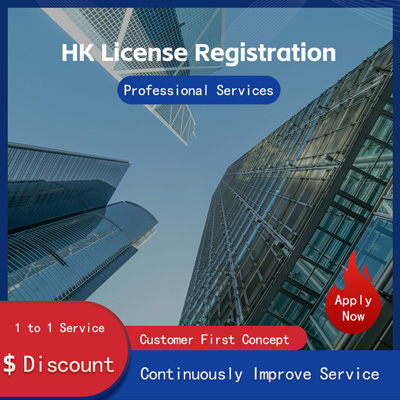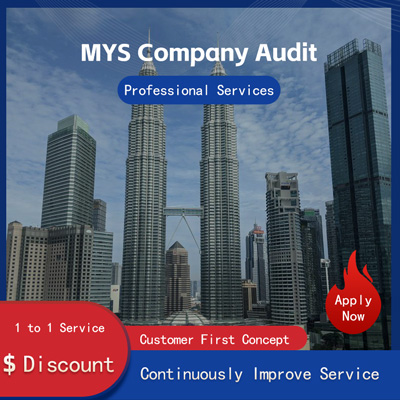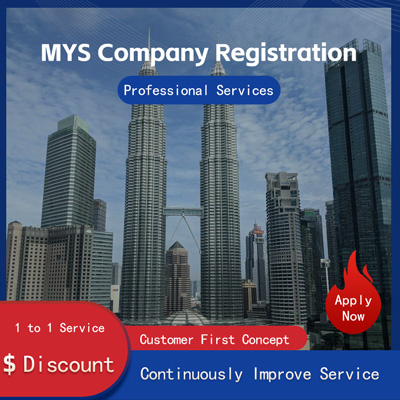
Analysis of Taxation for Cross-Border E-Commerce, General Trade, and Postal Channels
Differences in Taxation for Cross-border E-commerce, General Trade, and Postal Channels
In the context of globalization today, cross-border e-commerce, commonly referred to as cross-border trade, has become an important part of international trade. At the same time, traditional trading methods such as general trade and postal channels still hold their place in the market. These three different forms of trade have significant differences in tax policies, which directly affect the cost structure of businesses and the purchasing experience of consumers.

First, let us explore the characteristics of taxation in cross-border e-commerce. Cross-border e-commerce mainly refers to commodity transactions conducted through internet platforms and completed via postal or express logistics. For cross-border e-commerce, certain tax preferential policies are enjoyed. For instance, according to the Notice on Improving the Tax Policy for Retail Import of Cross-border E-commerce issued jointly by the Ministry of Finance, General Administration of Customs, and State Administration of Taxation, personal self-use cross-border retail imported goods can enjoy lower tax rates within certain limits single transaction limit is 5,000 RMB, and annual cumulative limit is 26,000 RMB. Within these limits, consumers can enjoy reduced rates, including tariff exemption and VAT and consumption tax levied at 70%. This policy aims to promote the development of cross-border e-commerce business while reducing consumer shopping costs. However, goods exceeding the above-mentioned limits need to pay full taxes according to the standards of general trade.
By contrast, the taxation system for general trade is more complex and stringent. General trade refers to enterprises conducting bulk goods trading through formal import-export procedures. In this model, enterprises must comply with strict customs clearance procedures and pay complete import-related taxes. Specifically, general trade involves major tax types including tariffs, value-added tax VAT, and consumption tax. Among them, the tariff rate is determined based on the HS code of the goods; VAT is typically 13%, and certain specific items like luxury goods may also be subject to additional consumption tax. General trade also requires enterprises to possess import-export qualifications and pay corresponding deposits. Despite this, due to its ability to provide stable supply chain management and service guarantees, many large enterprises and brands still prefer this method for conducting business.
Finally, let us take a look at the taxation situation in the postal channel. The postal channel mainly refers to small-batch items carried or mailed into the country by individuals. Such transactions often involve smaller scales but larger quantities. The taxation policy for the postal channel is relatively relaxed, but there are clear regulations for excessive carrying situations. For example, the Supervision Measures for Luggage and Personal Effects of Inbound and Outbound Passengers of the People's Republic of China stipulates that each resident passenger can bring in personal items valued up to 5,000 RMB duty-free upon entry into mainland China. Any excess will require payment of customs duties and related taxes based on the actual value. It should be noted that in recent years, with the increasing prevalence of overseas purchasing phenomena, the state has strengthened supervision over the postal channel, strictly cracking down on behaviors that evade customs duties through this channel.
In summary, cross-border e-commerce, general trade, and postal channels each have unique tax rules. Cross-border e-commerce attracts a large number of young consumers with its flexible and convenient advantages; general trade becomes the first choice for many enterprises thanks to its professionalism and reliability; while the postal channel, though convenient and fast, also faces stricter review mechanisms. Facing such a diversified market environment, both merchants and consumers need to fully understand relevant policies and regulations, and plan their commercial activities and personal consumption behaviors reasonably under legal and compliant conditions. In the future, with technological progress and changes in market demand, the boundaries between these three types of trade may gradually blur, forming a more open and inclusive new global trade pattern.
Still have questions after reading this? 26,800+ users have contacted us. Please fill in and submit the following information to get support.

Service Scope
MoreRecommended for You
- Does eBay Cross-Border E-commerce Delivery Require Customs Declaration? Detailed Explanation of Shipping Methods and Efficiency
- How to Bind Payment Account After Opening Store on Shopee? What Are the Requirements?
- How to Price Shopee Store Products Reasonably? What Is the Suggested Pricing Gap for Shopee?
- Best-Selling and High-Profit Product Category Analysis on Shopee Taiwan Local Site
- What to Do If eBay Purchases Aren't Shipped? How to File a Complaint?
- Amazon Store Discount Event Time Participation Method in 2025
- How to Withdraw Lazada Wallet Balance to P-Card?
- How to Enable Credit Card Payments on Shopee? Platform Collection Methods and Fee Comparison
- How Do Shopee Thailand Local Sellers Apply for Free Shipping? In-depth Interpretation of Free Shipping Policy
- What Are the Fees for a New eBay Store? Detailed Explanation of Charging Rules
- Can Lazada Post Products of Different Categories? How to Modify the Category?
- How to Find UK-Based Sellers on eBay UK? What Should You Pay Attention to?
- How to Ship via Shopee for Lazada Store Groups? Is There Still Opportunity for Lazada Store Groups?
- How Does Facebook Ad Charge? Can the Ad Cost Be Refunded?
- How to Bind Lazada Account to Corporate Alipay and Address Tax Issues for Alipay Receipts
- Best-Selling Auto Parts on eBay US and Product Selection Tips
- How to Top eBay Discount Promotion? Detailed Guide on Setup Method
- How Shein Opens Stores in Japan Process and Conditions Unveiled
- Does Lazada Support Alipay and WeChat Pay? What Are the Payment Methods?
- How to Find Keywords for Lazada Products? How to Copy Lazada Products?


 ONE
ONE








Customer Reviews
Small *** Table
December 12, 2024The experience was very good. I was still struggling to compare it with other companies. I went to the site a few days ago and wanted to implement it as soon as possible. I didn't expect that everything exceeded my expectations. The company is very large, with several hundred square meters. The employees are also dedicated and responsible. There is also a wall of certificates. I placed an order on the spot. It turned out that I did not make a wrong choice. The company's service attitude is very good and professional. The person who contacted me explained various things in detail in advance. After placing the order, the follow-up was also very timely, and they took the initiative to report the progress to me. In short, I am very satisfied and recommend this company!
Lin *** e
December 18, 2024When I first consulted customer service, they recommended an agent to me. They were very professional and patient and provided excellent service. They answered my questions as they came in. This 2-to-1 service model is very thoughtful. I had a lot of questions that I didn’t understand, and it’s not easy to register a company in Hong Kong. Fortunately, I have you.
t *** 7
December 19, 2024I originally thought that they only did mainland business, but I didn’t expect that they had been doing Hong Kong business and were doing very well. After the on-site interview, I decided to ask them to arrange the registration of my Hong Kong company. They helped me complete it very quickly and provided all the necessary information. The efficiency was awesome. It turns out that professional things should be done by professionals.👍
b *** 5
December 16, 2024In order to register a company in Hong Kong, I compared many platforms and stores and finally chose this store. The merchant said that they have been operating offline for more than 10 years and are indeed an old team of corporate services. The efficiency is first-class, and the customer service is also very professional.